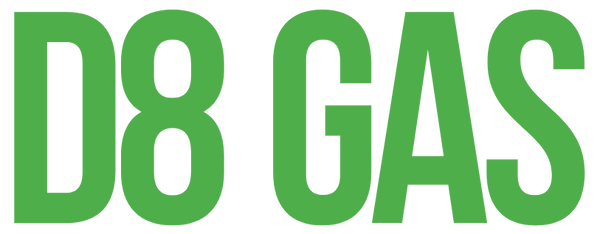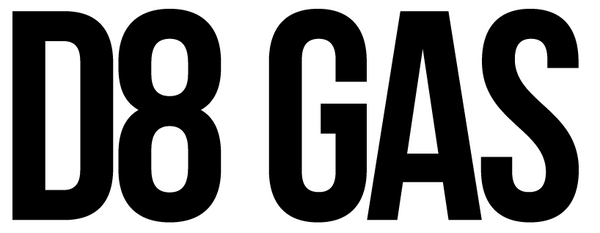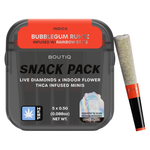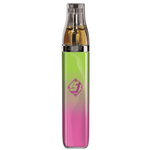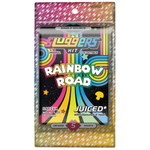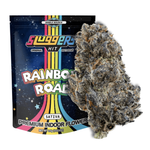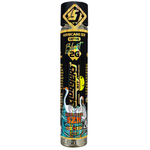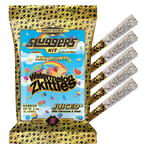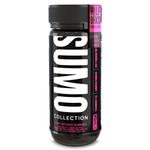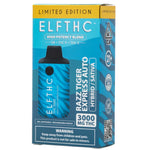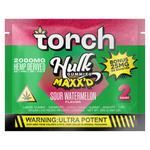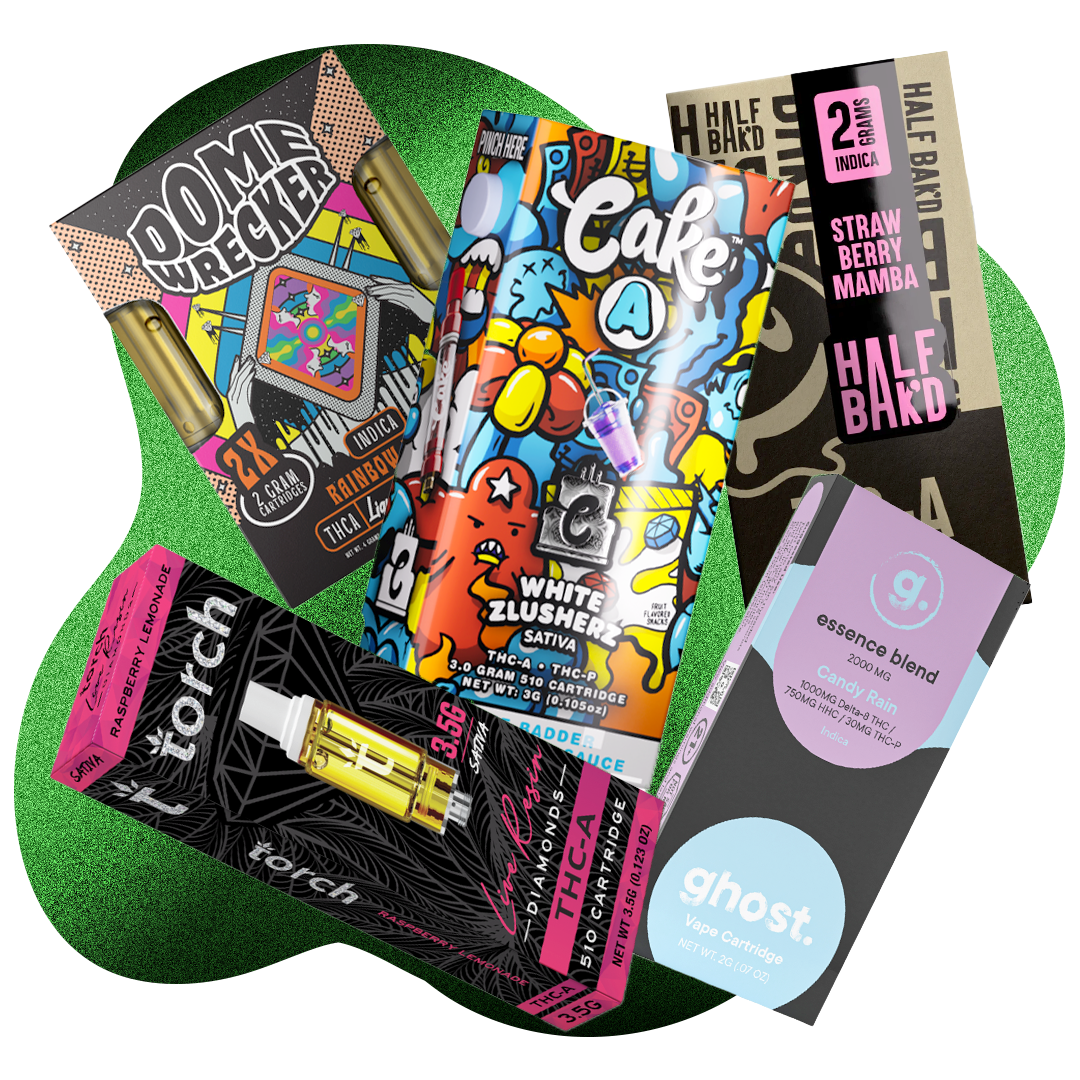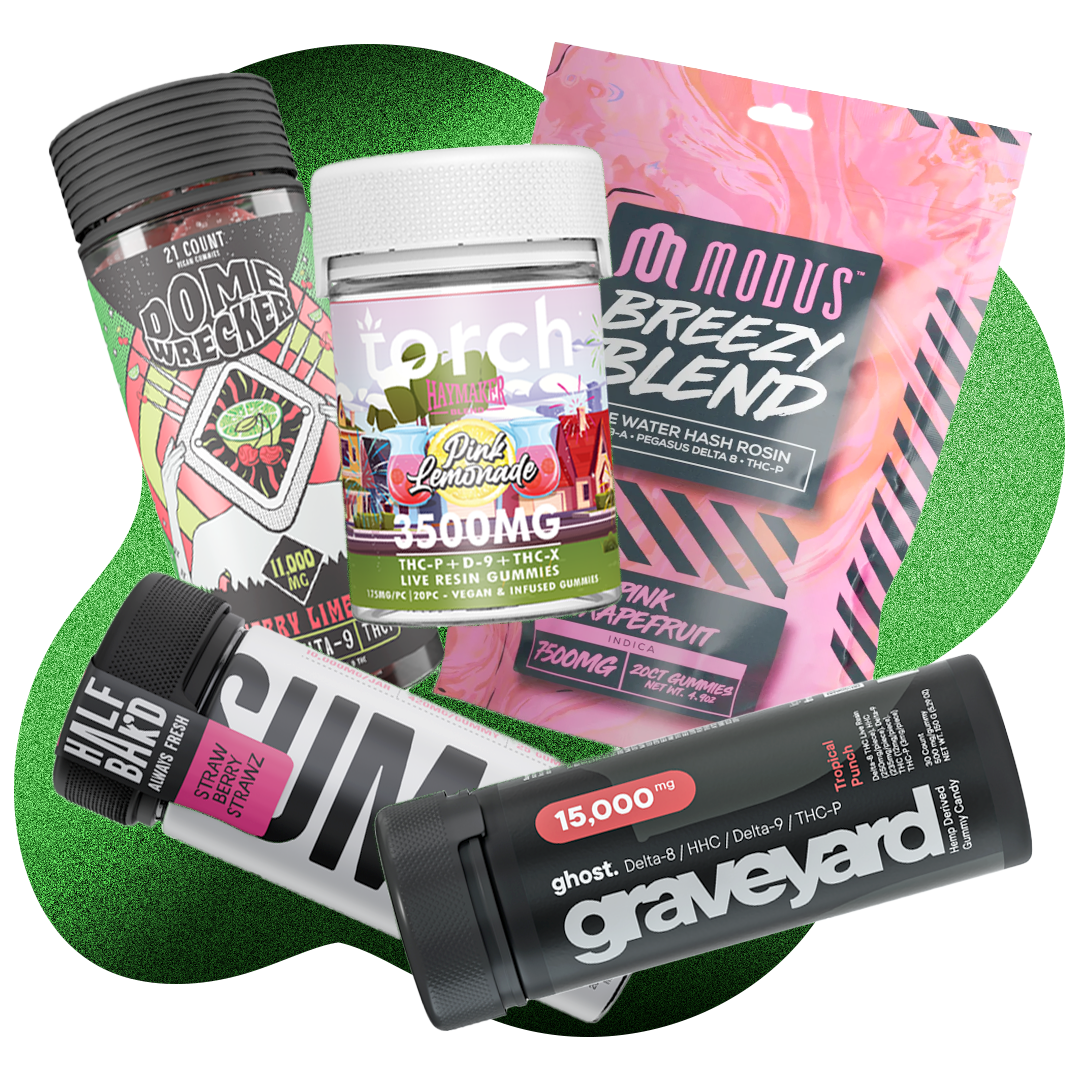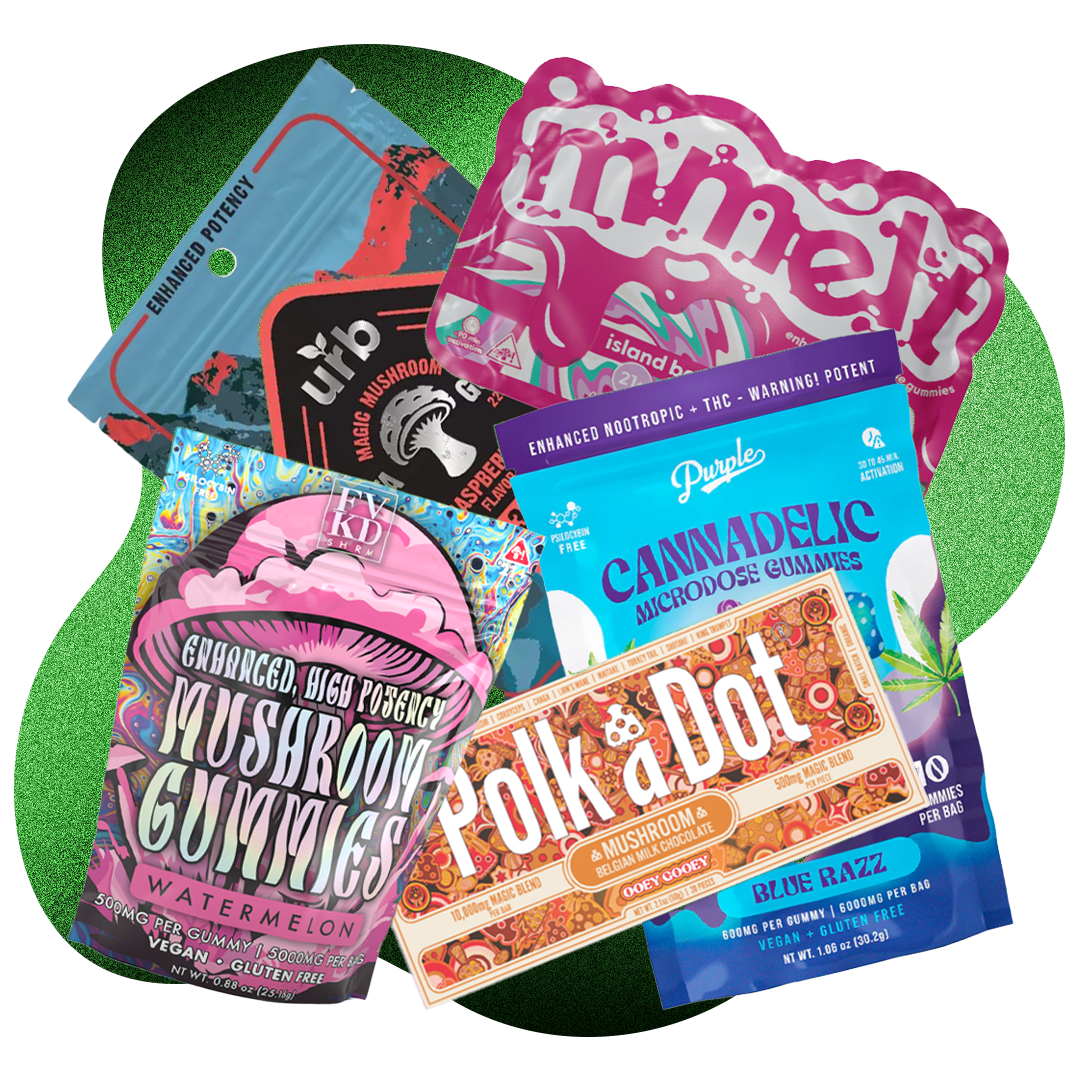There are hundreds of cannabinoids found inside hemp and cannabis plants. One of them is called CBD (short for cannabidiol). THC (tetrahydrocannabinol THC) and CBD are entirely different compounds, as they contain no intoxicating psychoactive properties and don't impair you. Aside from that, CBD still has potentially beneficial uses and side effects.
What does CBD do and how does it work?
When consumed, CBD affects your endocannabinoid system (ECS), which is responsible for keeping balance in some of the most critical functions in the human body. These include sleep, mood, appetite, bowel syndromes, and much more. The primary function of the ECS is to keep the body in a state of homeostasis, or biological balance, in response to external disturbances, including physical and emotional stress.
Endocannabinoids are naturally produced in the human body, and just like any other nutrient, sometimes assistance is needed to maintain a reliable balance. This is where CBD can be helpful, as it is a phytocannabinoid that interacts with your ECS. By preventing the breakdown of our own endocannabinoids, CBD enables our bodies to utilize more of the substances they are already naturally making.
Since the 2018 Farm Bill was put into effect, which legalized hemp-derived products federally in the United States, CBD products have been used to potentially relieve numerous health conditions such as:
- Anxiety
- Insomnia
- Inflammatory conditions
- Neuropathic pain & chronic pain (such as arthritis)
- Forms of epilepsy (such as dravet syndrome)
- Seizures
- Autoimmune diseases (such as multiple sclerosis)
No statistical research or clinical trials guarantee these supposed health benefits of CBD.
Why doesn't CBD make you "high"?
Although CBD is psychoactive, it doesn't make you high. This is due to CBD's extremely poor ability to activate the CB1 receptor. Research suggests that it hinders the CB1 receptor's functionality, particularly when THC is present. Users typically experience a mildly subtle high and have a far lower probability of developing negative side effects when THC and CBD interact to alter CB1 receptors versus when CBD is absent. This is because CBD blocks the CB1 receptor, whereas THC activates it.
How to use CBD
There are various methods to use CBD. Certain users like to use CBD oils, while others prefer to smoke or consume it as edibles. Some of the most popular consist of the following:
When using CBD Oil/Tinctures:
- Sublingual: Try sublingual administration if you want the CBD oil to be absorbed rapidly and effectively. A few drops of oil should be placed under your tongue, given a minute to absorb, and then swallowed. Methods delivered sublingually are known to enter the bloodstream more quickly than any other technique.
- Mixing it: You can add a few drops of CBD oil to your favorite dish or drink! For instance, you may add a few drops of CBD oil to a salad and consume it without noticeable flavor changes.
- Orally: Another choice is to immediately ingest the CBD oil instead of waiting around a minute. However, many substances lose their bioavailability when consumed this way, reducing their potency and delaying the start of effects. Sublingual administration is a better technique because of this.
- Topical application: It can be infused with your preferred body cleanser, lotion, etc. You may also apply it directly to the skin.
When smoking CBD:
- Disposables: You've most likely heard of disposables. CBD disposable devices are products that contain pure CBD distillate infused into an electrical device that is thrown away when finished. Simply open it from its package and draw puffs! One of the most sought-after CBD disposables is made by Urb.
- Cartridges: CBD cartridges are tiny containers that hold CBD concentrate and have a heating element with a mouthpiece. These devices are screwed onto their specific adapter batteries to heat the cartridge.
- CBD Flower: If you prefer the classic method of breaking buds down and rolling your joint or blunt, CBD flower would be the perfect choice.
- CBD Concentrates: CBD concentrates are products with extremely high quantities of the active ingredient (cannabidiol). Many users prefer CBD concentrates to other forms because they enable faster absorption of a higher dose of the compound.
When eating CBD:
- CBD Edibles: Edibles are mainly preferred by users who aren't comfortable with smoking CBD. Edibles come in the forms of gummies, cookies, lollipops- the choices are endless.
How much CBD should you take?
Start by taking 10 to 20mg daily unless your doctor recommends a different amount. Take this for a week to ensure you tolerate it properly and have no side effects or allergic reactions. If this dosage does not produce the intended results, experiment with increasing by 5mg weekly until the ideal level is obtained. As little as 20mg per day and as much as 1,500mg per day have been used in trials. According to the World Health Organization, daily dosages in clinical research studies usually vary from 100 to 800 milligrams.
What are the side effects of CBD?
Some adverse effects of CBD include:
- Drowsiness
- Dry mouth
- Low blood pressure
- Lightheadedness
High dosages of Epidiolex, the CBD medication available only by prescription, have also been linked to liver damage.
Now that you have a complete understanding of CBD and its consumption methods, you can decide if CBD would be a good fit for your specific needs. If you require medical advice, it is highly recommended that you speak with your doctor about consuming CBD.
